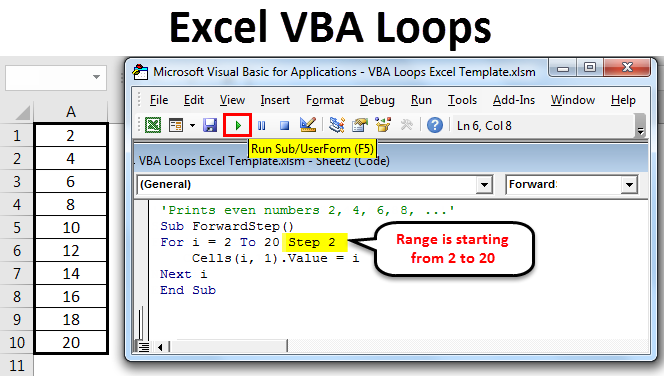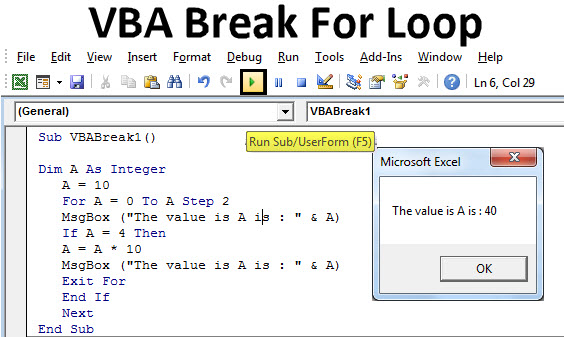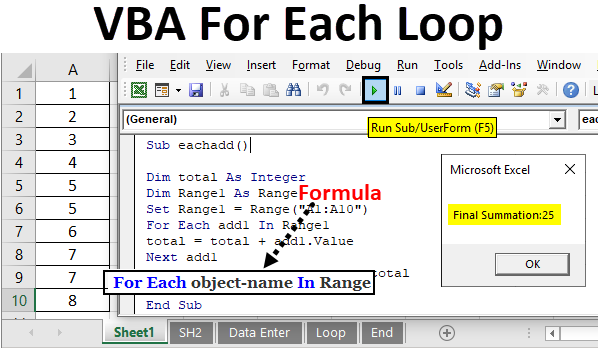
In the world of Excel, VBA loops are an essential tool for automating tasks and increasing productivity. Among the various types of loops, the For Loop stands out as a fundamental and versatile construct. In this article, we'll delve into the world of For Loops, exploring their syntax, uses, and best practices. Whether you're a seasoned developer or just starting out with VBA, this guide will help you master the art of For Loop programming.
Understanding VBA Loops
Before diving into For Loops, it's essential to understand the concept of loops in VBA. Loops allow you to execute a block of code repeatedly, either a specified number of times or until a certain condition is met. This makes loops a powerful tool for automating tasks, data processing, and more.
There are several types of loops in VBA, including:
- For Loops
- Do While Loops
- Do Until Loops
- While Loops
Each type of loop has its own strengths and weaknesses, and the choice of which to use depends on the specific task at hand.
What is a For Loop?
A For Loop is a type of loop that executes a block of code a specified number of times. It's commonly used when you need to iterate over a range of cells, perform a task a certain number of times, or repeat a process until a condition is met.
The basic syntax of a For Loop is as follows:
For counter = start To end [Step increment]
[Code to be executed]
Next counter
In this syntax:
counteris the variable that controls the loopstartis the initial value of the counterendis the final value of the counterincrementis the optional step value (default is 1)[Code to be executed]is the block of code that will be repeated
Using For Loops in Excel VBA
Now that we've covered the basics of For Loops, let's explore some practical examples of how to use them in Excel VBA.
Example 1: Iterating over a Range of Cells
Suppose we want to format a range of cells in a worksheet. We can use a For Loop to iterate over the range and apply the formatting.
Sub FormatCells()
Dim i As Integer
For i = 1 To 10
Cells(i, 1).Font.Bold = True
Next i
End Sub
In this example, the For Loop iterates over the range of cells from A1 to A10, applying bold formatting to each cell.
Example 2: Performing a Task a Certain Number of Times
Suppose we want to perform a task, such as sending an email, a certain number of times. We can use a For Loop to repeat the task.
Sub SendEmails()
Dim i As Integer
For i = 1 To 5
' Send email code here
Next i
End Sub
In this example, the For Loop repeats the task of sending an email five times.
Example 3: Looping through a Collection
Suppose we have a collection of objects, such as a list of worksheets or a range of cells. We can use a For Loop to iterate over the collection and perform a task.
Sub LoopThroughWorksheets()
Dim ws As Worksheet
For Each ws In ThisWorkbook.Worksheets
' Perform task on each worksheet
Next ws
End Sub
In this example, the For Loop iterates over the collection of worksheets in the workbook, performing a task on each one.

Best Practices for Using For Loops
While For Loops are a powerful tool, there are some best practices to keep in mind when using them:
- Use meaningful variable names: Instead of using generic variable names like
iorj, use descriptive names that indicate what the variable represents. - Keep the loop counter variable localized: Avoid using global variables as loop counters. Instead, declare the variable within the loop.
- Use the
Nextstatement correctly: Make sure to use theNextstatement correctly to avoid infinite loops or unexpected behavior. - Avoid using
Exit For: Instead of usingExit Forto exit the loop prematurely, consider using a conditional statement to control the loop.
Common Errors to Avoid
When using For Loops, there are some common errors to avoid:
- Infinite loops: Make sure the loop counter is incremented correctly to avoid infinite loops.
- Off-by-one errors: Be careful when using indices or counters to avoid off-by-one errors.
- Loop variable scope: Make sure the loop variable is declared correctly to avoid scope issues.
Conclusion
In this article, we've explored the world of For Loops in Excel VBA. We've covered the syntax, uses, and best practices for using For Loops, as well as common errors to avoid. Whether you're a seasoned developer or just starting out with VBA, mastering the art of For Loop programming will help you automate tasks, increase productivity, and take your Excel skills to the next level.
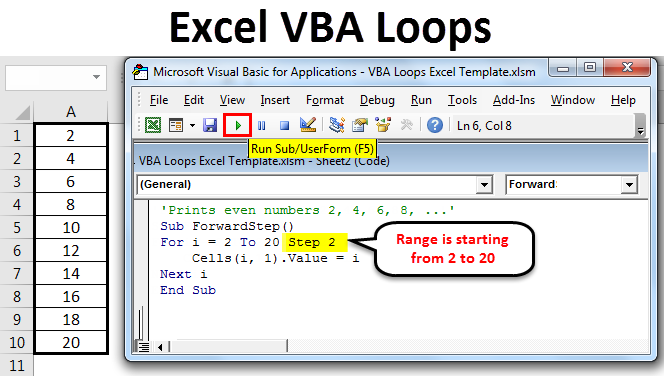


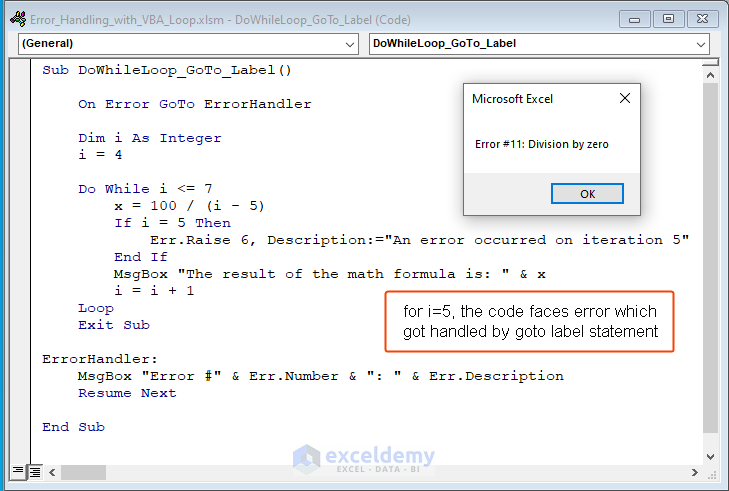
What is a For Loop in Excel VBA?
+A For Loop is a type of loop that executes a block of code a specified number of times.
What is the syntax of a For Loop in Excel VBA?
+The basic syntax of a For Loop is: For counter = start To end [Step increment] [Code to be executed] Next counter
What are some common errors to avoid when using For Loops in Excel VBA?
+Common errors to avoid include infinite loops, off-by-one errors, and loop variable scope issues.
![VBA For Loop in Excel: A Complete Guide [Step-by-Step]](https://careerfoundry.com/en/wp-content/uploads/old-blog-uploads/example-for-loop.png)


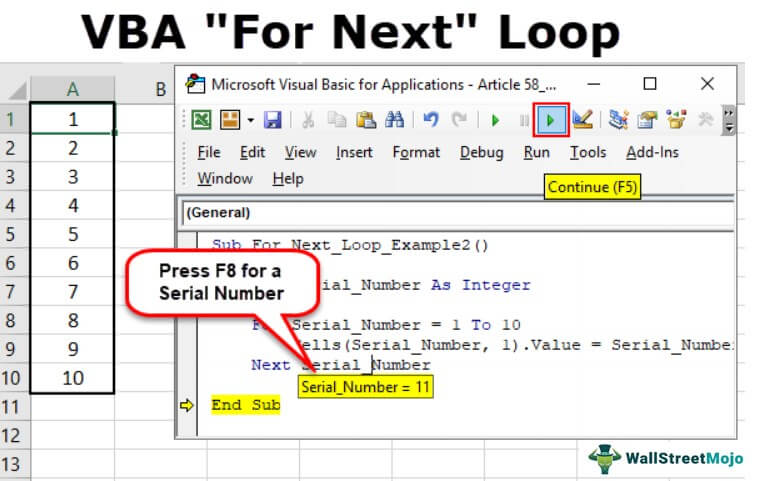
![VBA For Loop in Excel: A Complete Guide [Step-by-Step]](https://dpbnri2zg3lc2.cloudfront.net/en/wp-content/uploads/old-blog-uploads/example-for-loop-macro-button.png)
